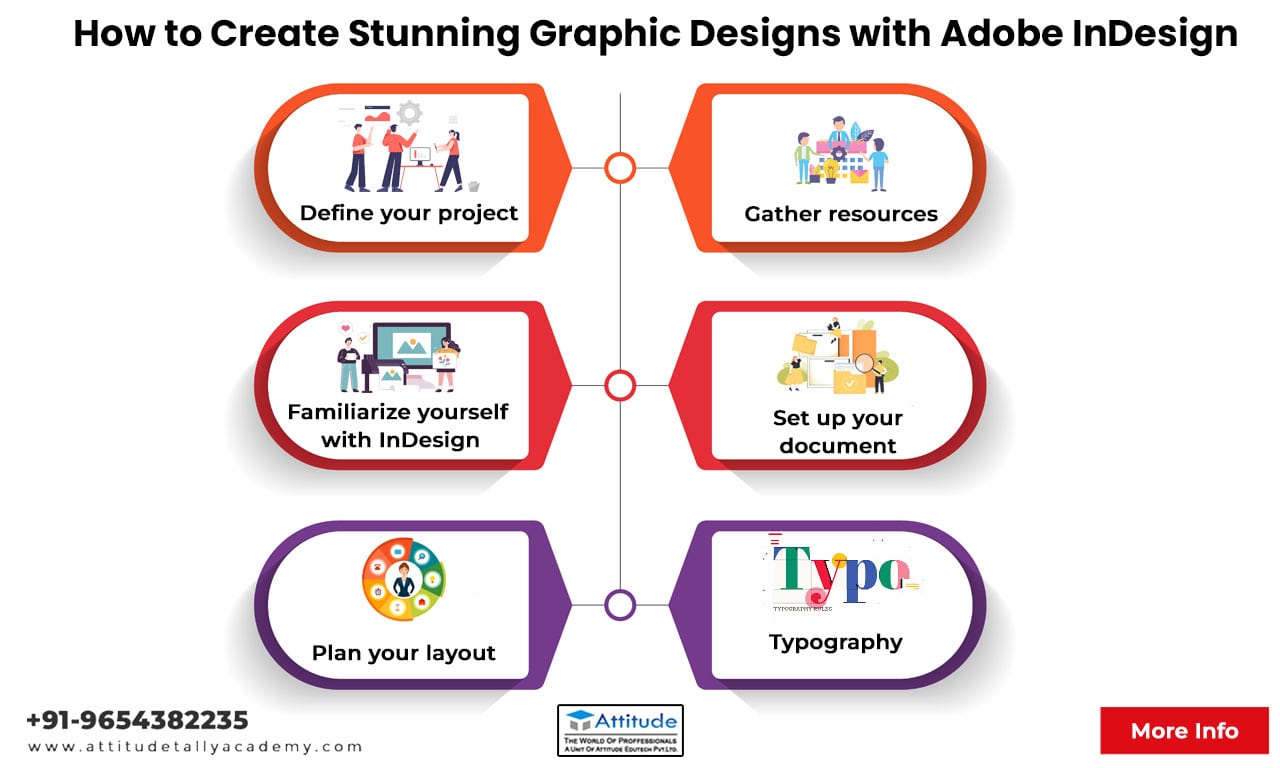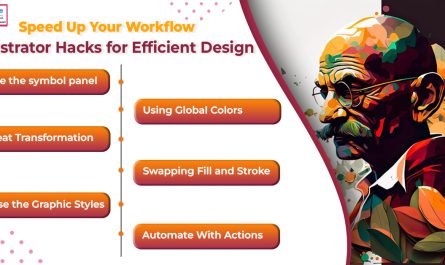Creating stunning graphic designs with Adobe InDesign requires a combination of creativity, technical skills, and knowledge of design principles. By following these six essential steps, you can create visually appealing and professional designs that leave a lasting impact.
1. Define your project: Before you start working in Adobe InDesign, take the time to define the purpose and scope of your design project. Consider the target audience, the message you want to convey, and the goals you want to achieve. This will help you make informed design choices throughout the process and ensure that your design is aligned with the project’s objectives.
2. Gather resources: Collect all the necessary resources for your design, such as high-quality images, logos, icons, and fonts. Ensure that you have the proper permissions to use these resources if they are not your own. Having all the required assets at hand will streamline your workflow and allow you to focus on the creative aspects of your design.
3. Familiarize yourself with Adobe InDesign: If you’re new to InDesign, it’s important to familiarize yourself with its interface and basic tools. Adobe offers a wealth of resources, including documentation, tutorials, and online courses, to help you get started. Take the time to learn about the various panels, tools, and shortcuts, as this will significantly enhance your efficiency when working on your design.
4. Set up your document: Open Adobe InDesign and create a new document. Consider the final output medium, whether it’s print or digital, and adjust the dimensions, orientation, number of pages, and other relevant settings accordingly. Pay attention to specific requirements such as bleed and margins to ensure that your design fits the intended format accurately.
5. Plan your layout: Before diving into the design process, plan the layout of your document. Sketch a rough outline of the placement of text, images, and other graphical elements. Consider the visual hierarchy, the flow of information, and the overall composition. A well-thought-out layout will guide your design decisions and help you achieve a cohesive and visually appealing result.
6. Typography and visual elements: Typography and visual elements play a crucial role in graphic design. Select fonts that complement your design and align with the intended message and target audience. Experiment with different font combinations for headings, subheadings, body text, and captions. Pay attention to factors such as readability, hierarchy, and consistency.
Conclusion
Incorporate visual elements such as images, icons, and graphics to enhance your design. Ensure that these elements support the overall message and add visual interest to the layout. Use high-quality images, crop and optimize them as needed, and apply appropriate effects or filters to enhance their visual appeal. Experiment with blending modes and opacity settings to create unique and captivating visual effects.
By following these six steps, you can leverage the power of Adobe InDesign to create stunning graphic designs. Remember to constantly refine your skills through practice, experimentation, and staying up to date with design trends. With dedication and creativity, you can develop your own unique design style and create designs that truly stand out.




